What Is 3D Animation? Benefits, Types and Process
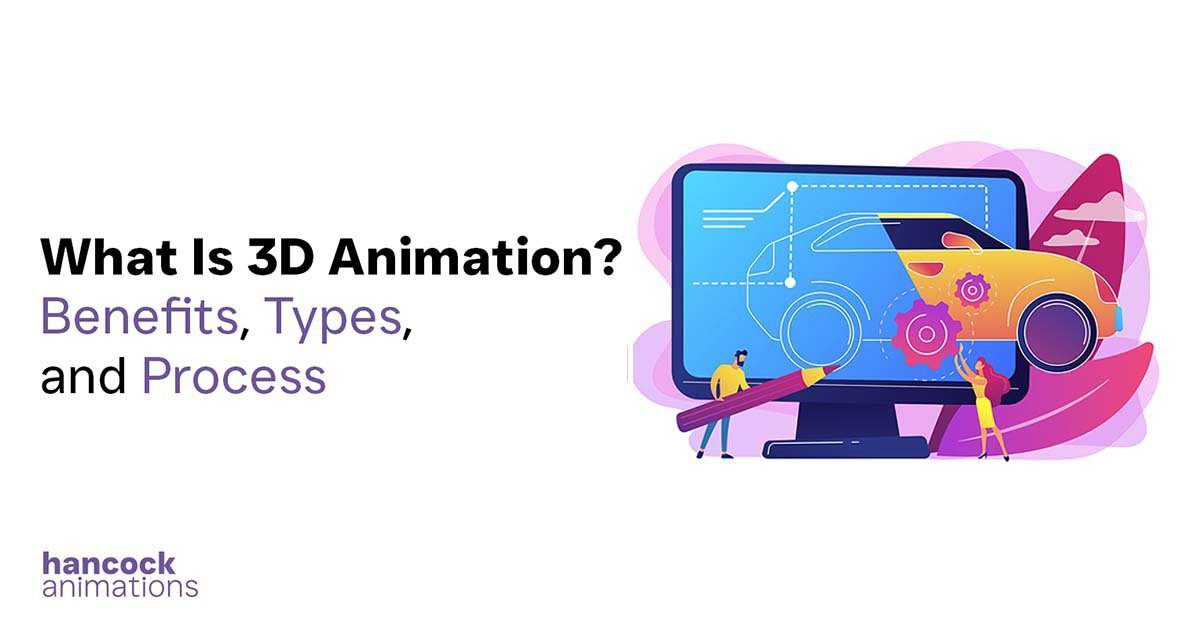
We currently live in an age of boundless opportunities. The era of information has allowed us to reshape our boundaries, particularly in how we communicate.
Could anyone have imagined that we could bring our drawings to life? Could anyone have foreseen that this could fuel the expansion of our businesses? All this was possible because of 3D animation.

It was introduced in the movies at first, but today, 3D animation is not just limited to entertainment. It plays a vital role in education, medicine, architecture, and advertising, especially when engaging younger audiences.
Picture your creative ideas coming to life on the screen. 3D animation experts make realistic objects, characters, and environments come closer to the real world.
In this blog, we’ll delve into the world of 3D animation, addressing fundamental questions like what is 3D animation. We’ll explore its intricate creation process, delve into its various types, and unveil the myriad benefits it brings to the table.
What Is 3D Animation?
In 3D animation, the 3D animators bring the character, objects, and scenes to life with the help of computer graphics. The animator uses three-dimensional space to make the objects and characters look like they are moving.
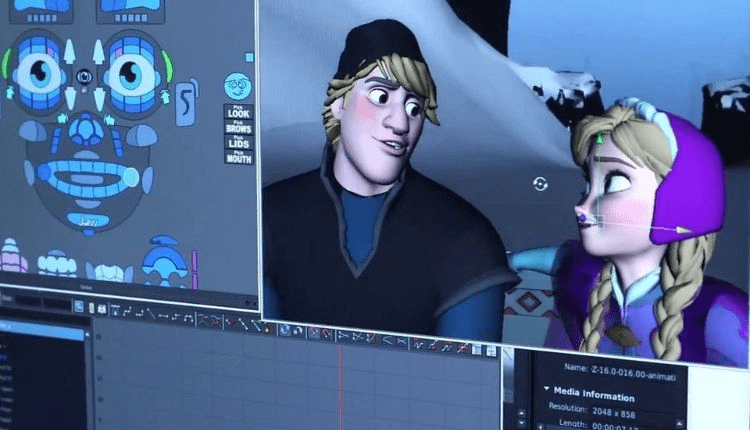
In 3D animation, animators possess the power to create breathtaking and smooth animations that closely mimic reality, possess greater depth, and appear as if they will almost jump out of the screens.
This is because 3D animations can be manipulated and positioned within a three-dimensional environment, so their movements appear completely natural.
3D animation services, or 3D animated videos, are extensively used not only in TV shows, movies, and games but also in various other domains.
An important portion of 3D animations plays a major role in video game development, architectural design, engineering, and commercial advertising.
With skillful designs and exceptional 3D animation software, a 3D animated sequence can easily make people believe that the visuals they are looking at are real.
2D Animation Vs. 3D Animation
The one thing that makes 2D and 3D animation different from each other is the fact that 2D animated objects are designed in a two-dimensional space with an x-axis and y-axis. At the same time, 3D animation uses another axis known as the z-axis, which provides it with a three-dimensional space.
3D animation, also known as three-dimensional animation, offers more depth, which makes the design closely resemble reality. These animations are more captivating and fascinating for viewers as they are closer to real life.
On the other hand, 2D animation, an older animation style, has a cartoonish charm in its visuals. It is a simpler and more straightforward production process when compared to 3D.
4 Most Popular Types Of 3D Animation
From the release of the first computer-animated TV series, “ReBoot”, to the present day, we can clearly see a huge advancement in 3D animation. Nowadays, there are a number of techniques available for 3D animation, and some of them are explored below:
1. Digital 3D Animation
Referred to as CGI (computer-generated imagery), this form of 3D animation is the most commonly used. Whether it is the electrifying lightsaber duels in Star Wars or a teenage boy swinging around the city by the web, CGI is an essential part of nearly all modern media.
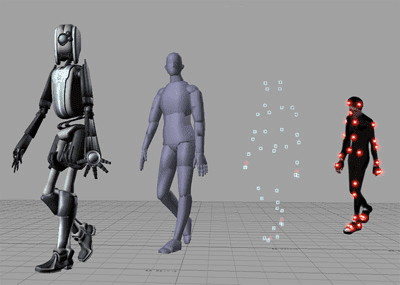
The use of digital 3D animation can range from the addition of motion graphics to enhance existing footage or the creation of entirely new content from the ground up.
Although art is often the initial thought when people think of uses of digital 3D animation, however, digital 3D technology has a wide range of educational applications.
For instance, it allows you to illustrate the internal organs of the human body to show to your students without resorting to actually extracting one from a body.
Moreover, if you want to advertise something, you have the freedom to incorporate impressive special effects into your ad. You can keep it straightforward by displaying a model of your product, or you can go all out, just like Hancock Animations.
2. Stop-Motion 3D Videos
Stop-motion is the primary style of 3D animation. In this style, the animator designed individual frames, which are then combined and played at a high speed to create motion. To show smooth movement per second, around 10 to 12 frames are played together to create a video.
Stop-motion animation is a time-consuming and difficult style, but all that effort and time is worth it once you see the final product. Stop-motion has various types, such as Pixelation, Claymation, and computer-generated stop motion.
As the name says, Claymation uses clay (or plasticine items) for modeling. Computer-generated stop-motion, on the other hand, utilizes computer-generated visuals, while Pixilation involves using people instead of other props.
The Stop-motion method heavily depends on the frame-by-frame approach to illustrate the intricacies or procedures related to a product or service.
3. Interactive 3D Animation
This type of animation is mainly used in video games. However, it is not restricted to games only. As the name suggests, this 3D animation can interact with real-time objects. The use of such animation is limited to marketing but comes very handy to educate the viewers.
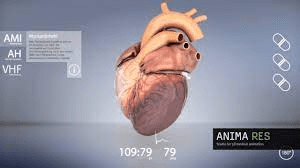
A great example of interactive 3D animation is all the ads you see where a car turns into a robot or where a person is using a holographic screen.
4. Cel Shading
Cel shading is an intriguing style of 3D animation that combines elements of both 2D and 3D. It involves taking 3D objects and giving them a visual appearance that resembles 2D drawings done by hand.
A prime example of this 3D animation style can be seen in the popular Arcane animated series. This series employs various techniques to craft its unique artistic skill, but its origins lie in cel-shading, which served as the foundation for its development.
5. 3D Virtual Reality
Virtual reality is an evolved form of interactive 3D animation. It provides a significantly more immersive experience, allowing users to engage with lifelike objects within a 3D setting.
This will empower users to gain a better understanding of object dimensions and space, ultimately enhancing their gaming and educational experiences.
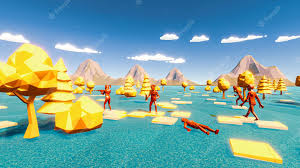
This type of 3D animation is mostly used in gaming and educational sectors, and developers are planning to create a digital space for people to connect and socialize.
What Is The 3D Animation Process?
The images are designed on computers in 3D animation, which is why the procedure is both time-consuming and difficult. Designing a 3D animation video involves three key stages: modeling, arrangement and animation, and rendering. So, let us discuss them in detail.
Modeling
The first step of 3D animation is where 3D animation experts design the 3D object in a three-dimensional space. They take help from 3D modeling tools or 3D animation software
3D modeling is just like sculpting with clay and shaping the object into the form that you want. The only difference is that 3D modeling is done digitally. With 3D modeling tools, you can also adjust the texture, light, shadows, and reflection of each 3D model.
Once the model is done and everything looks just the way you wanted it, then these models are sent to the animation department.
Animation and Arrangement
This step involves positioning and animating objects and characters within a scene.
Following the modeling phase, where the designer prepares the character with a skeleton, this stage includes keyframing (animating the initial and final forms of an object) and adjusting the objects within a specific environment.
After arrangement, the 3D models are brought to life during the animation process. The main goal of this stage is to make the animation appear fluid and dynamic.
One approach to achieve motion is with splines, where the 3D animation expert positions the model along curves and adjusts their movement accordingly.
They also use motion capture techniques. In this technique, the animator records the movement of an actual person and then transfers it to the character rig to make the movement look more real and fluid.
Rendering
Rendering is where the whole 3D animation process comes to an end. Everything from the animation model to colors, lighting to texturing, and character movement to object placement, all of these things are combined together to create a final animated video.
Every frame is precisely handled, addressing factors like lighting, materials, and various effects separately. This process might be time-consuming, but it is immensely important in the overall process. Want to know why?
Rendering is a vital step that significantly impacts the final outcome. This phase places a heavy load on the computer’s processing unit (CPU) and memory. Rendering an animation can take up to hours, and there is no way to fast-forward the process.
The duration of rendering is dependent on factors like the complexity of shapes, colors, and special effects put into the frame. For an estimate, a 3-minute animation could take approximately up to 6 hours for rendering.
In addition to these major steps, the extensive journey of 3D animation has several sub-steps, such as brainstorming and sketching ideas, crafting a storyboard, creating 3D models, applying textures, setting up character rigs, animating, illuminating scenes, rendering, integrating special effects, incorporating music, and ultimately achieving the final result.
Benefits Of 3D Animation Production For Business Growth
As we said in the beginning, 3D animation has surpassed its way from the entertainment world to business. There are a number of companies that provide 3D animation services to businesses in order to help them grow.
If you are a digital brand and you want reasons to incorporate 3D animation in your marketing plan, then here are some benefits:
1. Increases Interactivity
Businesses use 3D animation to attract their clientele. Creative ideas and special effects are used to craft videos that increase viewer engagement. Also, this builds a sense of connection and heightened interest in your brand among the audience.
2. Brings More Attention
One of the multiple advantages of 3D animation is that it often provides comic relief and adds an element of interest for viewers.
This universal appeal can have a significant effect, specifically in promotional activities. Once you have captured the viewer’s interest, it becomes easier to introduce new products and services to them.
3. Grows Online Traffic
Another benefit of 3D animation is its versatility in being easily shareable across various platforms. With millions of daily internet users, there’s a strong likelihood of gaining brand exposure.
Additionally, Dreamgrow.com reports that incorporating video into a landing page can boost conversions by 80%. This is an opportunity that startup business owners should definitely leverage.
4. Polishes Branding
Animation is a powerful tool for promotion. By using technology and visual storytelling, companies can effectively convey the essence of their business.
A skillfully created animated video has the potential to leave a lasting impression on the audience, playing a significant part in the development of a memorable brand identity. Resulting in an enhanced and individual brand identity.
5. Better Cost-effectiveness
3D animation plays a vital role in generating real-life representations of different products and projects. This allows companies to identify and fix errors with greater ease, ultimately resulting in a high level of accuracy.
While the precise amount of money and time saved using 3D technology may depend on the product, it is obvious that any error that goes past the eye and moves on to the next production stage without correction will cost you more.
Hiring A Professional 3D Animation Company
Have you been planning to incorporate 3D animations in your brand’s marketing plan, but you cannot find a company that you can trust? Do you feel that everyone in the animation industry is charging way too much for basic animation?
If yes, then Hancock Animations has come to your rescue to provide you with top-quality services for a reasonable price. We guarantee quality at a reasonable cost. We believe in providing equal services to all of our customers. So, our experts give their 100% to every project.
Looking for top-tier 3D animation solutions? Connect with our skilled animators
and see your vision come to life.
3D animation works by creating and manipulating 3D models in a digital space. These models are then rigged with a virtual skeleton and animated to simulate movement. The animation is achieved by altering the positions and properties of the 3D objects over a sequence of frames.
There are several software applications commonly used for 3D animation, including Autodesk Maya, Blender, Cinema 4D, 3ds Max, and Houdini. The choice of software often depends on the specific needs of the project and the animator’s preferences.
No, 3D animation is used in a wide range of industries beyond movies and video games. It is also employed in fields such as architecture, product design, medical visualization, education, and advertising for various purposes.
The primary difference is that 2D animation is two-dimensional, typically involving flat, drawn characters and objects, while 3D animation is three-dimensional and creates the illusion of depth and volume. 3D animation is more realistic and suitable for complex movements and visual effects.
The time required to create a 3D animation can vary significantly based on factors like the complexity of the project, the length of the animation, the level of detail, and the skill of the animator. Simple animations may take a few hours, while feature-length films can take several years.
3D animation is used in various applications, including movies, video games, architectural visualization, product prototyping, medical simulations, educational content, virtual reality experiences, and advertising.

